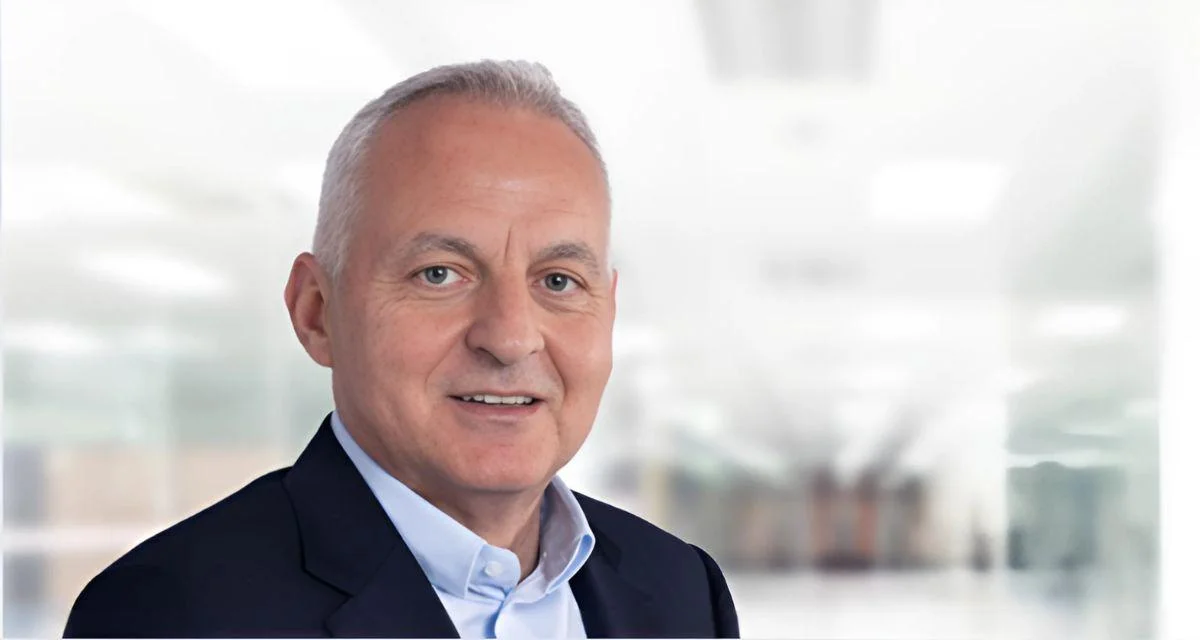Despite these hurdles, Rolls-Royce continues to invest in hydrogen research. The company expects that it will take years before hydrogen-fueled systems are ready for commercial use on large passenger jets. For now, development efforts are focused on smaller platforms such as regional or mid-size aircraft. Rolls-Royce plans to have a working engine suitable for 30-40 seaters by the mid-2030s.
"While hydrogen can also be used directly as a fuel in a gas turbine, it is likely to start in the shorter-haul segments, where the aircraft range is shorter. Given volume limitations attached to the storage of hydrogen and the limited power density of fuel cells, for long range, SAF fuelling gas turbines will remain the most likely solution moving forward," said Rolls-Royce.
The European Union’s Horizon Europe project is funding part of Rolls-Royce's work in this area by supporting engineers and equipment required for advanced testing. The company participates in other EU initiatives such as Clean Aviation and CAVENDISH (Consortium for the AdVent of aero-Engine Demonstration and aircraft Integration Strategy with Hydrogen), which focus on making propulsion systems more environmentally friendly.
Other manufacturers are also developing hydrogen-powered aircraft solutions. Companies like ZeroAvia aim to introduce regional planes powered by hydrogen-electric engines as early as 2026–2028. Airbus has delayed its ZEROe project—initially planned for 2035 entry—due to technical challenges with scaling up hydrogen technology for larger airliners.
"Hydrogen has the potential to be a transformative energy source for aviation. However, we recognise that developing a hydrogen ecosystem – including infrastructure, production, distribution and regulatory frameworks – is a huge challenge requiring global collaboration and investment," Airbus stated.
The UK's Civil Aviation Authority is expanding its Hydrogen Challenge initiative to fund decarbonization projects within aviation. While most experts agree that pure hydrogen-fueled commercial jets remain unlikely soon due to technical constraints—especially regarding long-haul flights—hydrogen could play an important role within hybrid propulsion systems alongside electric or sustainable aviation fuels.
There are also concerns about how "green" current hydrogen production really is. While green hydrogen—produced using renewable electricity—is carbon neutral, most available supply still comes from fossil fuels like coal and gas. As Rolls-Royce notes: "only hydrogen produced using renewable energy sources is truly carbon neutral," yet this represents only a small fraction of total output today.
The International Energy Agency forecasts that green hydrogen could become price competitive with jet fuel by 2035 if production capacity increases substantially.
 Alerts Sign-up
Alerts Sign-up




































